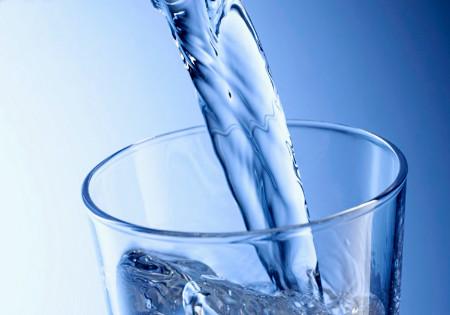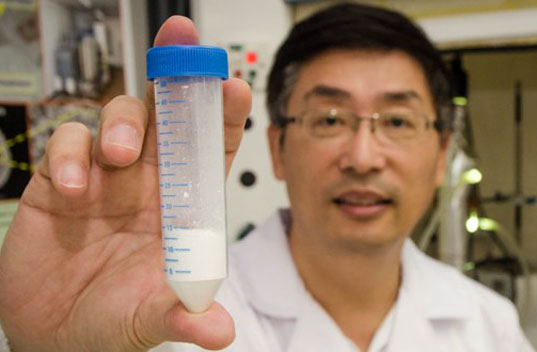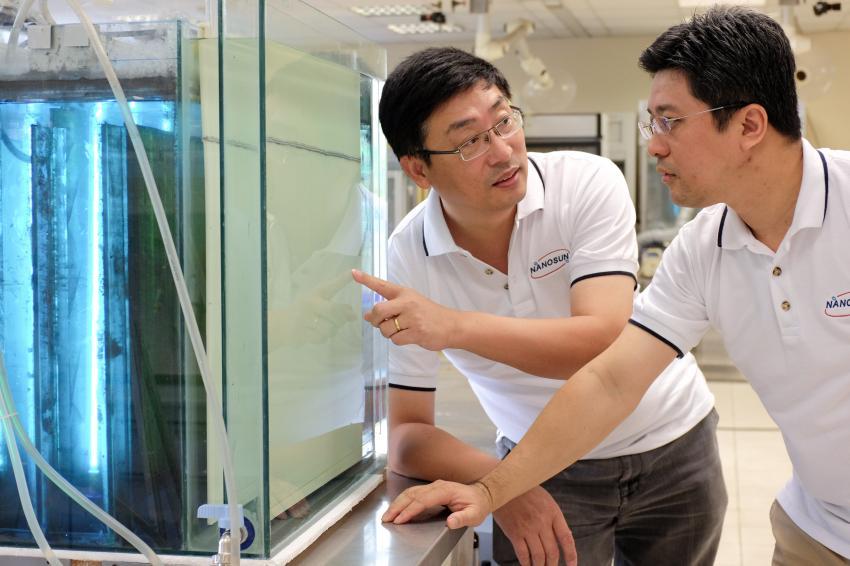 I will never forget my one and only backpacking trip, a week-long trek through Texas and Mexico. My cohorts and I drank up all our water much too greedily and had to search for more, many miles away marked on a little map. Although desperately hot and thirsty, by the time we found the lush spring, we had to use purification tablets and wait. And wait. And then still hope we didn’t get sick. Even so, that’s definitely the best drink of water I ever had—and one that caused me to pause and think about how often we take clean water for granted. Not only that—there are entire countries still waiting, hoping for cleaner water.
I will never forget my one and only backpacking trip, a week-long trek through Texas and Mexico. My cohorts and I drank up all our water much too greedily and had to search for more, many miles away marked on a little map. Although desperately hot and thirsty, by the time we found the lush spring, we had to use purification tablets and wait. And wait. And then still hope we didn’t get sick. Even so, that’s definitely the best drink of water I ever had—and one that caused me to pause and think about how often we take clean water for granted. Not only that—there are entire countries still waiting, hoping for cleaner water.
As constant and continuing as earth’s water cycle—so is our ever-growing need—and requirement for survival—to produce better science to make cleaner water. Membrane water filtration, a relatively new and still evolving technology, has become a competitive industry. A Singapore-based company, Nano Sun, is in the news, highlighting their seventeen-year R&D journey to provide 3D printed membrane technology for use in:
- An industrial paper mill in Guangzhou, China, to optimise its wastewater treatment processes.
- PT Pelaksana Jaya Mulia, an Indonesian firm, to provide 10,000 cubic meters of clean water a day.
- Potential use in humanitarian relief projects in developing countries.
Membrane technology has a very logical and simple science behind it – the membranes allow good clean water to pass through, but they keep behind the suspended solids and other substances that we don’t want to drink. Membrane filtration is separated into micro and ultra filtration, and nanofiltration and reverse osmosis, with the latter two requiring much higher pressure.
Created by Associate Professor Darren Sun from Nanyang Technological University’s (NTU) School of Civil and Environmental Engineering, the technology was developed there, and then patented in 2008. The 3D printed product is now being marketed by Nano Sun.
Aside from being produced through 3D printing, what makes Nano Sun’s membrane different is that is it made from titanium dioxide, whereas most membranes for water filtration are made of plastic, ceramic or stainless steel—and are more expensive to produce. Unlike other membranes, the titanium dioxide membrane does not break down in harsh conditions such as extreme heat or cold, or when exposed to ultraviolet light, which is used to disinfect water.
“Traditional polymer-based water filtration membranes are faced with issues such as fouling and high breakage, while the developing countries with high industrial output are generating wastewater which is increasingly harder to treat,” says Associate Professor Darren Sun, who is also chairman of the International Water Association Specialist Group on Chemical Industries.
The titanium membrane also allows water to pass through the material more readily, while simultaneously offering natural anti-bacterial and anti-fouling properties, meaning it is able to clean itself. The membranes are currently being 3-D printed at Nanyang Technological University’s (NTU), with plans to step up production in the near future.
Membrane filtration is important technology in that it is cost-effective, can be expanded easily, and works in low temperatures. “With more of the world’s population moving into urban cities and generating more wastewater, there is a real need for cost-effective technology,” said Assoc Prof Sun.
While currently valued at $80 million, Nano Sun has received $2 million in funding to jump start the project from the Prime Minister’s Office, the Public Utilities Board (PUB), NTU, and private investors. This impressive company wants to be seen as a “homegrown brand.”
How do you think this particular titanium dioxide product can make a global impact? Share your thoughts with us in the 3D printed water filtration forum thread at 3DPB.com.
Subscribe to Our Email Newsletter
Stay up-to-date on all the latest news from the 3D printing industry and receive information and offers from third party vendors.
Print Services
Upload your 3D Models and get them printed quickly and efficiently.
You May Also Like
The Dental Additive Manufacturing Market Could Nearly Double by 2033, According to AM Research
According to an AM Research report from 2024, the medical device industry, specifically in dentistry, prosthetics, and audiology, is expected to see significant growth as these segments continue to benefit from...
Heating Up: 3D Systems’ Scott Green Discusses 3D Printing’s Potential in the Data Center Industry
The relentless rise of NVIDIA, the steadily increasing pledges of major private and public investments in national infrastructure projects around the world, and the general cultural obsession with AI have...
AM Research Webinar Explores Continuum’s Sustainable Metal Additive Manufacturing Powders
Metal additive manufacturing (AM) powder supplier Continuum Powders is working to develop solutions that empower industries to reduce waste and optimize their resources. An independent life cycle assessment (LCA) of...
3D Printed Footwear Startup Koobz Lands $7.2M in Seed Round
California-based Koobz is focused on reshoring the U.S. footwear supply chain with advanced manufacturing processes, including 3D printing. The startup just announced that it has added $6 million to its...


































